What Do Personal Injury Lawyers Do?
What Are the Types of Personal Injury Cases?
Nearly every type of interaction that could conceivably cause harm to a human being, either physical or emotional, can be the subject of a personal injury case. Personal injury cases can include:
- Car accidents
- Motorcycle accidents
- Truck accidents
- Bicycle accidents
- Injuries to children
- Construction accidents
- Animal bites
- Medical malpractice
- Nursing home abuse
- Premises liability
- Product liability
Personal injury law is “An injury not to property, but to the body, mind, or emotions,” according to Nolo’s Plain-English Law Dictionary. In other words, if you are injured in a car accident and need legal assistance, you should call a personal injury lawyer.
Personal Injury Cases Rely on Negligence
Personal injury lawyers deal with injuries stemming from all kinds of accidents, from animal bites to doctor’s errors. But accidents covered by personal injury law have one thing in common: they must have been caused by someone else’s negligence. Negligence, according to the law, is a failure to exercise the duty of care a reasonably prudent person would have exercised in the same circumstances.
Negligence is perhaps best illustrated by specific examples. You and another driver are approaching an intersection. The other driver’s light is red, while yours is green. Nonetheless, the other car drives through the intersection, not even slowing down. Every driver owes other drivers on the road a duty of care. This duty of care consists of obeying all traffic laws and driving safely and prudently. Flagrantly disregarding one of the most elemental traffic laws—obeying a red stop light—is a breach of that duty of care. That driver behaved negligently.
If you had driven through your green light, which you had a legal right to do, an accident could have happened. If you had been injured in that accident, the driver who ran the red light would have been liable for your injuries because her negligence caused the accident.
Let’s consider another example. A child drops a bottle of juice in a convenience store. The liquid spills all over the floor. The store’s staff neither clean up the spill nor place safety cones, warning tape, or any other type of warning to the public. A customer turns the corner and, unaware of the juice, slips in it. He falls and sprains his ankle.
A store owner’s duty of care is to ensure that their business is safe for the public at all times. If something occurs that makes the store unsafe, like a spill, the duty of care requires that the owner either repair the problem immediately or make the public aware of it, so that they can avoid the affected area. In this example, the staff should have immediately cleaned up the spill or placed warnings around it until it could be cleaned.
What if the store owner isn’t present? That is immaterial. The owner’s duty of care includes making sure employees are sufficiently trained and equipped to exercise a reasonable duty of care. In other words, staff should know that the store must be safe for the public at all times, and know to clean up and place safety signs around the spill.
What if no one sees the spill except the customer who caused it? In that case, the law turns to a reasonable person standard. It is true that a danger can suddenly occur, and it may require some time for staff to notice and remedy the situation. It just can’t take an unreasonable amount of time.
The law requires that staff remedy a hazardous situation as soon as it knows, or that a person should reasonably expect it to know, about the situation. In some cases, it may take 10 or 15 minutes for staff to realize that liquid was spilled and to start to clean it up. But it shouldn’t take a day, or even an hour—that’s an unreasonable amount of time.
In all personal injury cases, if negligence causes an accident or harm and the accident or harm is the proximate cause of injuries, the negligent party can be liable for those injuries. In other words, they can be responsible for paying for the damages those injuries caused.
If there is no negligence, there are no grounds for a personal injury case. In other words, you might have been injured in a car accident, but if someone else did not cause the accident through negligence, you cannot bring a personal injury case. Another party, whether it’s a person or an organization, must have caused your injuries through their negligence to be liable to you for damages.
Injuries Covered by Personal Injury Cases
People can be injured almost every conceivable way by a negligent person or entity. Here is a brief overview of injuries that can occur in specific types of personal injury cases.
Traffic Accident Injuries
Injuries in traffic accidents of all types, including those involving cars, motorcycles, trucks, bicycles, and pedestrians, can include but are not limited to:
- Broken bones
- Lacerations
- Contusions
- Traumatic brain injuries (TBIs)
- Spinal cord injuries
- Sprains
- Soft tissue injuries
- Road rash
- Burn injuries
- Scars and disfigurement
- Internal organ injuries
Injuries to Children
Children can be injured as a result of someone else’s negligence in many ways. Nearly 80 percent of playground injuries are caused by falls, for instance, according to the National Safety Council. Roughly 3,000 children are killed each year by falling out of windows. Children can be strangled by window shade cords if they are left unsupervised. Children can be poisoned if dangerous chemicals such as pesticides are not kept in childproof containers. Children can drown if they are unsupervised around swimming pools or other bodies of water. Children can suffer TBIs while playing unsafe or unsupervised sports.
Construction Accidents
Enough accidents happen on construction sites that the U.S. Occupational Safety and Health Administration (OSHA) calls the following the Fatal Four:
- Electrocution
- Falls
- Struck-bys (workers being struck by objects, such as tools falling from heights)
- Caught-betweens (workers being caught between a truck and wall, for instance)
Construction accidents like these and others can result from an employer or other entity’s negligent behavior, such as failure to maintain safe working conditions or provide adequate safety equipment.
Dog Bites
Washington state law holds that dog owners are liable if a dog bites someone who is either in a public place or lawfully on private property, as long as the bitten person didn’t provoke the dog. Dog bite injuries can cause lacerations, infections, scarring, disfigurement, and more.
Premises Liability
Premises liability is a subcategory of personal injury law under which property owners are responsible for maintaining safe premises for specific visitors. The law is complicated, and owner liability depends on whether you are a public or business guest, socially invited, a licensee, or a trespasser. Generally, if the property owner owed you a duty of care under the law and was negligent, the property owner can be liable for your injuries.
A slip and fall due to a hazard in a store or other place of business is a subcategory of premises liability. Slip and fall injuries can cause sprains, bruises, broken bones, TBIs, spinal cord injuries, and lacerations. Falling down a neglected flight of stairs in an apartment building can be fatal. Falling into an empty swimming pool can also be fatal. Nearly every type of injury is possible in a premises liability accident.
Product Liability
Product liability occurs when a product is dangerous or causes harm. Companies owe the public a duty of care to sell safe products and use safe ingredients. If they do not, they can be liable. In these cases, the party responsible is not a person, but one or more business entities, such as product manufacturers or component parts suppliers.
Product liability cases can be brought, for example, against drug manufacturers whose drugs caused harm. Some medications can cause strokes or cancer, for instance. Others have side effects that cause serious harm.
Lawsuits in these cases can allege not only that a product was unsafe and not tested properly, but that the company failed to warn the public and the medical community about the product’s dangers.
Medical Malpractice
Doctors take an oath that they will do no harm. If they harm someone by falling short of the expected standard of care, they are negligent. This is termed “medical malpractice.”
Washington statutes define the expected standard of care as “that degree of care, skill, and learning expected of a reasonably prudent health care provider at that time in the profession or class to which he or she belongs, in the state of Washington, acting in the same or similar circumstances.”
Medical malpractice can cause a wide range of harms. A surgeon might operate on the wrong body part or leave a surgery implement inside the person’s body, causing harm. A doctor might fail to diagnose a person’s medical condition properly, causing further illness or even death.
Nursing Home Abuse
Nursing homes and other care facilities, such as assisted living centers, have a duty to their residents to render safe care and treatment. Unfortunately, abuse does occur in nursing homes.
In fact, elder abuse occurs throughout the country. The U.S. Centers for Disease Control and Prevention defines it as “an intentional act, or failure to act, by a caregiver or another person in a relationship involving an expectation of trust that causes or creates a risk of harm to an older adult.”
Elder abuse can include physical abuse, emotional abuse, sexual abuse, neglect (failure to provide safe and clean conditions), abandonment, or exploitation.
Physical abuse can cause physical injuries, such as broken bones or burns. Emotional abuse can cause mental distress and social withdrawal. Sexual abuse can cause sexually transmitted diseases and mental distress. Abandonment can cause elderly adults to fall, get hypothermia, or contract some other illness. Exploitation is using an older person’s financial resources for personal gain.
What Kinds of Compensation Can Personal Injury Victims Recover?

Broadly speaking, personal injury victims can receive financial compensation for their injuries. This compensation is known as damages.
Economic damages compensate victims for economic harm, such as reimbursement for medical bills. Economic damages can also compensate victims for wages lost from work, if injuries required the victim to take time off from work or rendered the victim unable to return to work in their former occupation or at all.
Economic damages can be awarded both for economic harm already done and prospective economic damages. If your injuries are likely to require further medical care, for instance, a medical expert can estimate your likely future medical bills and a damages award will account for that amount. Similarly, if you can’t return to work in your former occupation or ever again, your damages will account for what you would likely have earned if you had not been injured.
Noneconomic damages are awarded for pain and suffering and related damages. Insurance companies apply a multiplier to economic damages to determine the appropriate compensation for your pain and suffering. Most multipliers are between 1.5 and five. People with injuries that will heal are awarded pain and suffering damages using a lower multiplier. People with catastrophic injuries—those that result in the victim losing the ability to work or perform the standard activities of daily living—are awarded pain and suffering damages using the highest multipliers.
Finally, the court can assess punitive damages in cases when the defendant exhibited particularly harmful or egregious behavior. A court may make a drug manufacturer that knew a medication was likely to cause harm but marketed it to patients and the medical community anyway pay punitive damages. Someone who drove a car recklessly while intoxicated may need to pay punitive damages. These damages punish defendants for their behavior.
If you need assistance with your personal injury claim, contact an experienced personal injury attorney today.
Boohoff Law
2200 6th Avenue, Suite 768
Seattle, WA 98121
(877) 999-9999
Free Consultation
We Are Here For You 24/7
Reviews
– Elissa M.
“Really pleased with Boohoff Law! Received immediate responses when I had any questions. Treated amazingly by all staff … made this process a true breeze!”
– Caitlyn M.
– Brandy K.
Related Posts
I Was Partially At-Fault in a Rear-End Crash. Can I Still Get Compensation in Florida?
I Was a Passenger in an Uber Accident. What Are My Rights?
What Damages Can I Recover After a Jackknife Truck Accident?
Recovery is personal.
We’re here for you.
We’re close by. And if you can’t make it to us, we’ll meet you where you need us, at home or in the hospital.
You're better off with Boohoff.
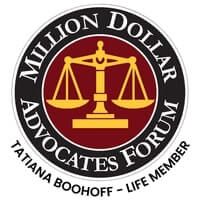

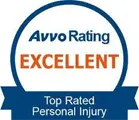
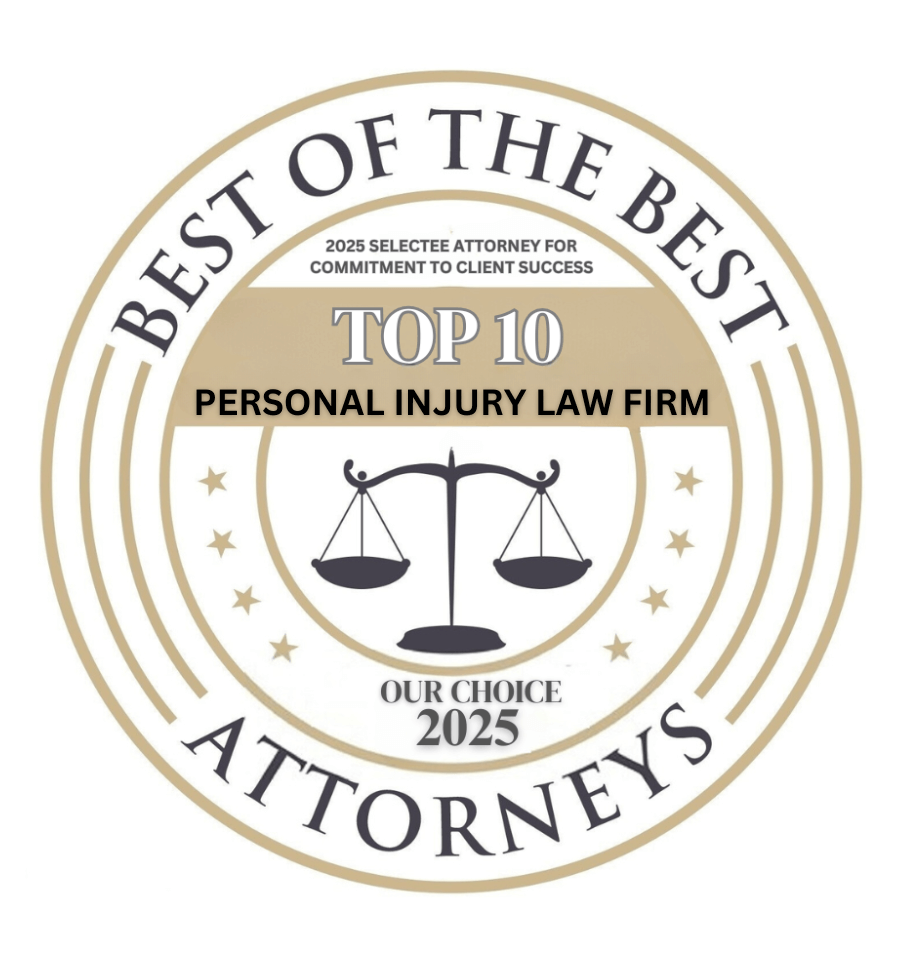
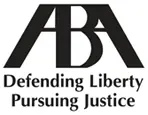
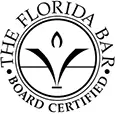





The information on this website is for general information purposes only. Nothing on this site should be taken as legal advice for any individual case or situation. This information is not intended to create, and receipt or viewing does not constitute, an attorney-client relationship.
available 24/7
(877) 999-9999
